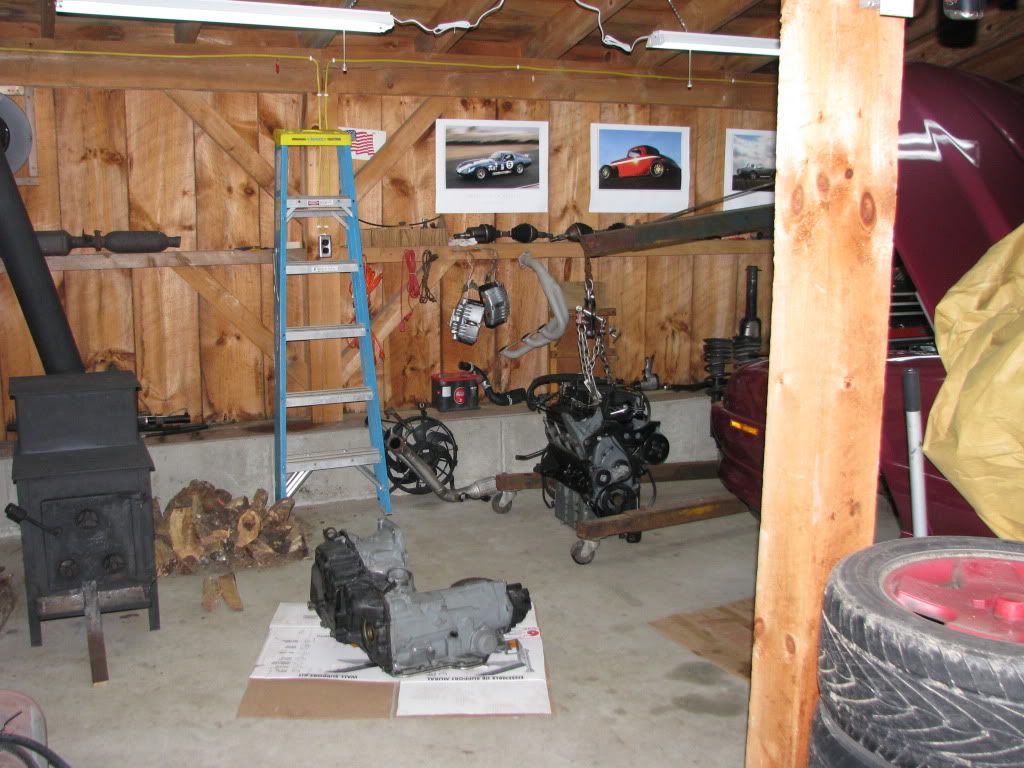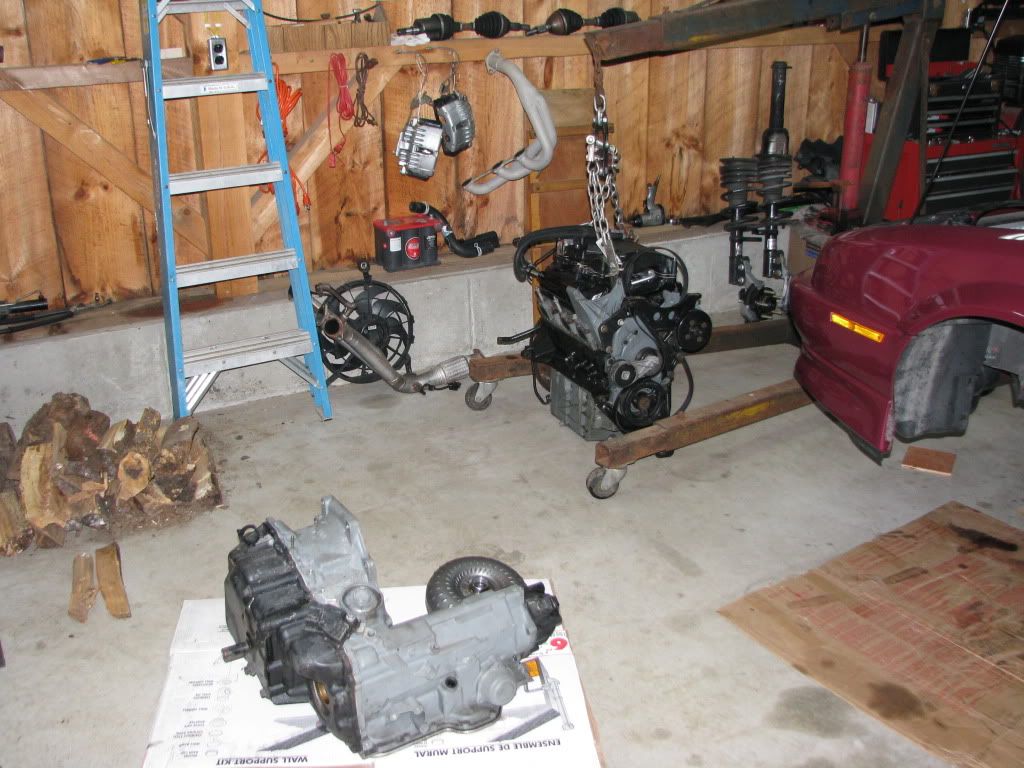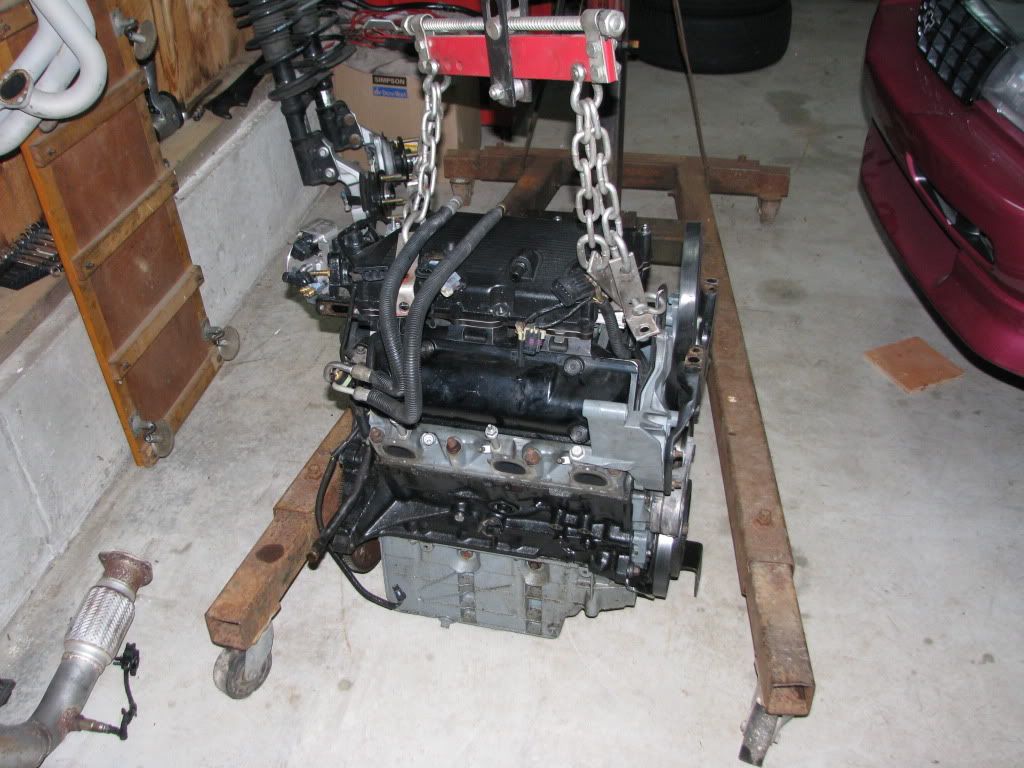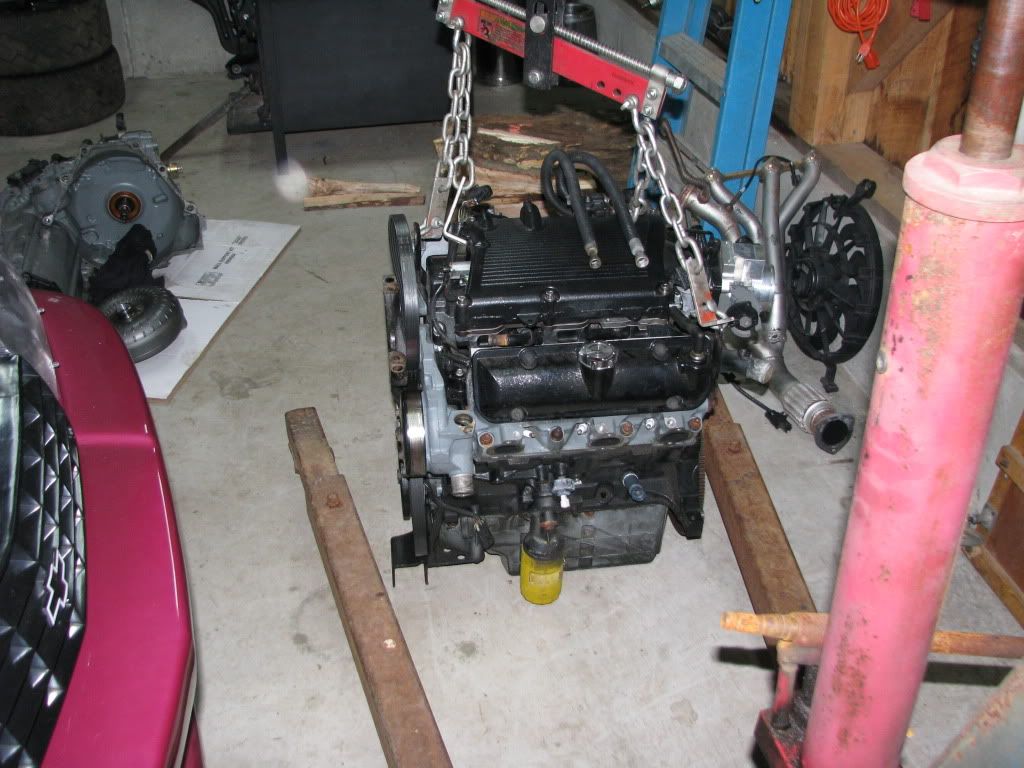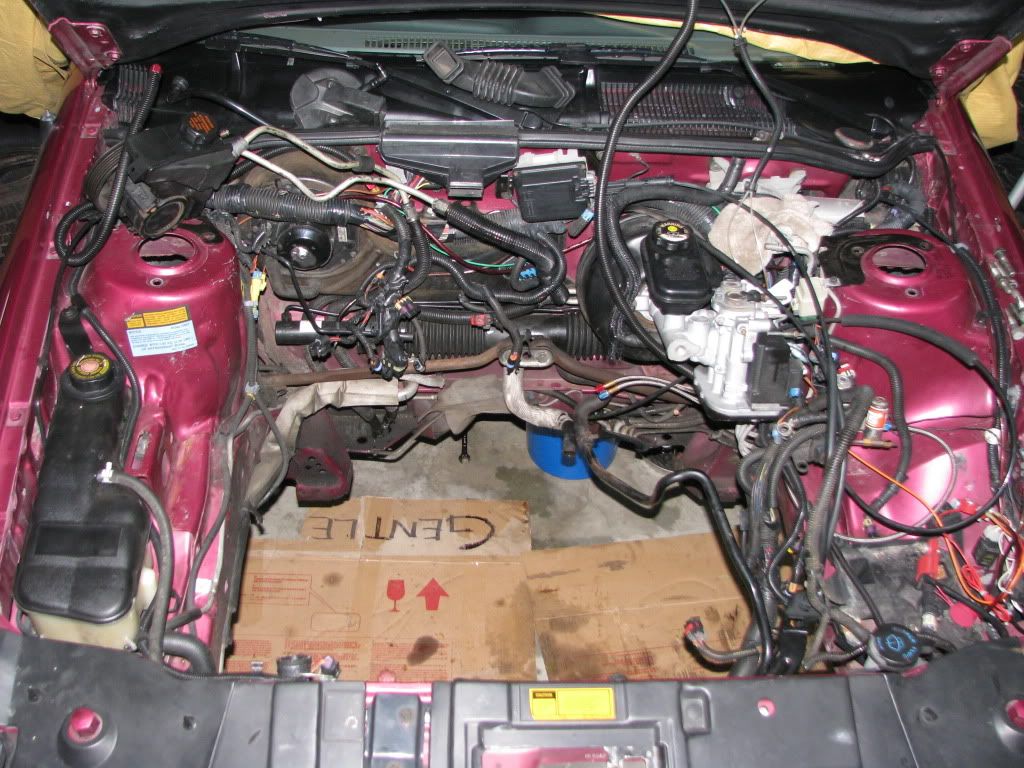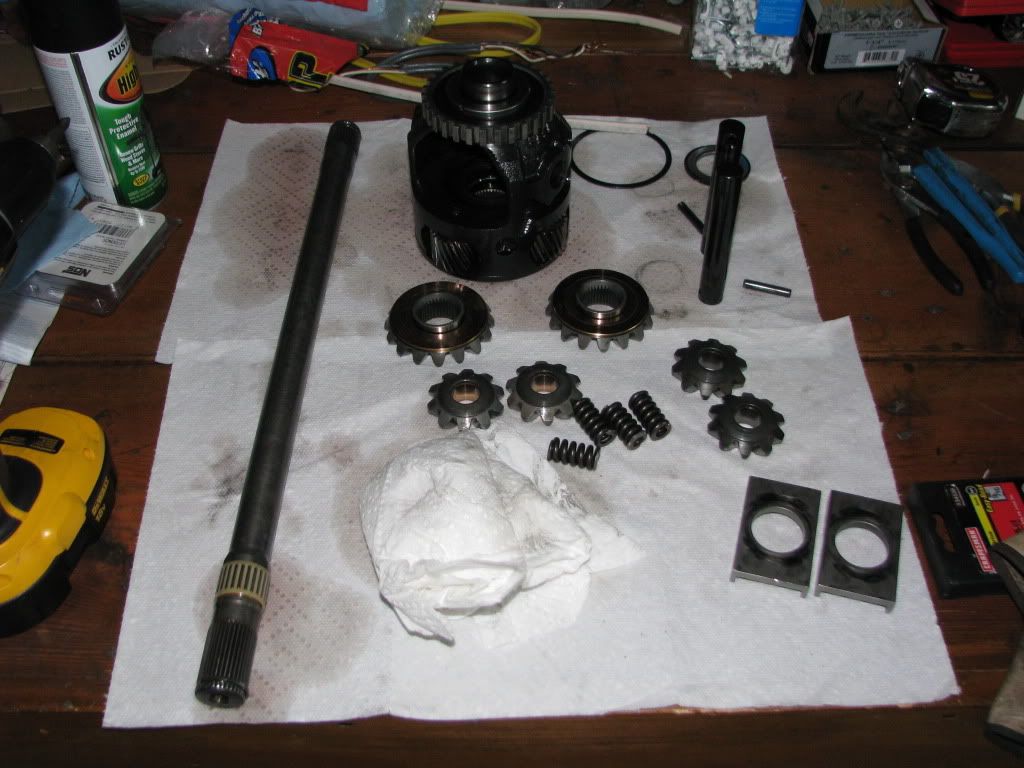Re: January 2010 Project Begins (Raspberry)
Posted: Fri Jan 15, 2010 11:28 am
ATI makes them for RWD applications, that's not for a FWD car.
Hypereutectic
Hypereutectic
NA best may be the 3500 upper since it might broaden your power band range... My spacers have not reduced the heat soak of the upper at all, its feels to be the same temp after the same amount of driving.Most automotive engines use aluminium pistons that move in an iron cylinder. The average temperature of a piston crown in a gasoline engine during normal operation is typically about 300 °C (570 °F) and the coolant that runs through the engine block is usually regulated at approximately 90 °C (190 °F). Aluminium expands more than iron at this temperature range so for the piston to fit the cylinder properly when at a normal operating temperature, the piston must have a loose fit when cold.
In the 1970s increasing concern over exhaust pollution caused the U.S. government to form the Environmental Protection Agency (EPA) which began passing legislation that forced automobile manufacturers to introduce changes that made their engines to run cleaner. By the late 1980s automobile exhaust pollution had been noticeably improved but more stringent regulations forced car manufacturers to adopt the use of electronically controlled fuel injection and hypereutectic pistons. Regarding pistons, it was discovered that when an engine was cold during start-up, a small amount of fuel became trapped between the piston rings. As the engine warmed up, the piston expanded and expelled this small amount of fuel which added to the amount of unburnt hydrocarbons in the exhaust.
By adding silicon to the piston's alloy, the piston expansion was dramatically reduced. This allowed engineers to specify a much tighter cold-fit between the piston and the cylinder liner. Silicon itself expands less than aluminium but it also acts as an insulator to prevent the aluminium from absorbing as much of the operational heat as it otherwise would. Another benefit of adding silicon is that the piston becomes harder and is less susceptible to scuffing which can occur when a soft aluminium piston is cold-revved in a relatively dry cylinder on start-up or during abnormally high operating temperatures.
The biggest drawback of adding silicon to pistons is that the piston becomes more brittle as the ratio of silicon is added. This makes the piston more susceptible to cracking if the engine experiences pre-ignition or detonation.


